The human body is filled with beneficial bacteria. But even the kindest and most harmless is fraught with danger. For example bacteria, Veillonella parvula contribute to the growth and reproduction of bacteria Porphyromonas gingivalis, which in turn cause gum disease. This conclusion was made by a study by specialists from the University of Buffalo.
The aim of the study is to understand how Porphyromonas gingivalis forms colonies in the oral cavity. The fact that the pathogen can not produce its own molecule of growth until it reaches a large population in the oral cavity microbiome. It was necessary to understand how the pathogenic bacterium, whose population in a healthy oral cavity is negligible, achieves its insidious goal. It turned out that pathogens use the growth molecules secreted by Veillonella parvula, which are not considered to be pathogenic.
Since there are very few Porphyromonas gingivalis in a healthy organism, they are very difficult to reproduce. However, when oral hygiene becomes unsatisfactory, plaque builds up and the bacteria Veillonella parvula secrete many growth molecules that stimulate the proliferation of Porphyromonas gingivalis.
According to statistics, 47% of people over the age of 30 have some form of periodontitis. Understanding the reproduction process of Porphyromonas Gingivalis will lead to targeted treatments for the disease, says Patricia Diaz, M.D., Ph.D., lead research researcher, and Professor of Empire Innovation at the University of Buffalo School of Dental Medicine.
“After studying Porphyromonas gingivalis for almost two decades, they concluded that the bacteria required a large population to grow, but it was not clear what processes lead to this. but the specific processes that lead to this phenomenon have not been fully understood, ”says Diaz. “Successfully targeting Veillonella Parvula with medicinal agents will prevent the P. gingivalis colony from growing to pathological levels,” says Dr. Diaz.
In the study, the authors tested the effect of growth molecules secreted by microorganisms in the mouth on Porphyromonas gingivalis. As part of the work, 5 types of bacteria that are common in gingivitis were considered.
Among the 5 bacteria examined, only one species, the bacteria Veillonella Parvula, promoted the growth of the number of bacteria Porphyromonas gingivalis, regardless of the strain. When the Veillonella Parvula bacteria were removed from the experimental medium, the growth of pathogens stopped. However, with a small amount of Parvula bacteria, no stimulation of the growth and reproduction of pathogenic bacteria was observed.
The data suggest that the link is unidirectional, as V. parvula has not received any obvious benefit from the exchange of growth molecules.
“Both bacteria interact at different levels, but only the P. gingivalis pathogens benefit from this relationship,” Diaz says. She also noted the bacteria secrete hemes – a popular source of iron for P. gingivalis bacteria .
“This relationship brings negative results not only at the initial stage of periodontitis. It is known that in the presence of V. parvula bacteria, P. gingivalis pathogens contribute to more intense bone destruction, which is a sign of more severe forms of periodontitis, ”says George Hadjishengallis, MD, Ph.D., research co-investigator, and Thomas W. Evans at the University of Pennsylvania School of Dental Medicine.
“It's unclear if the chemistry of the growth molecules released by the two species of bacteria is identical,” Diaz says. "Much more work is required to determine their chemical similarity for the further development of therapeutic agents."
Source: sciencedirect.com

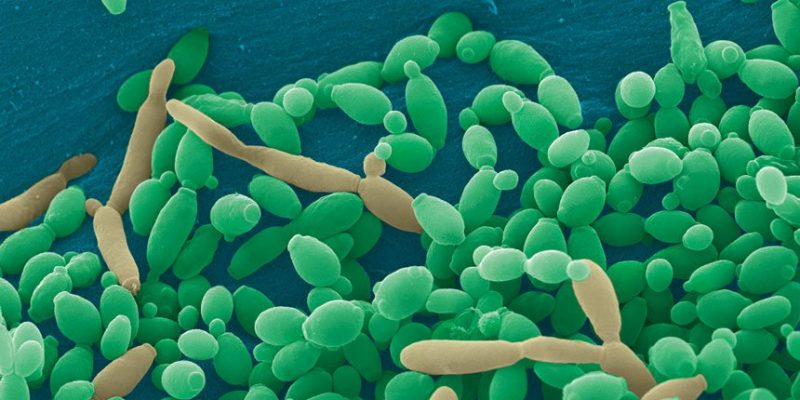





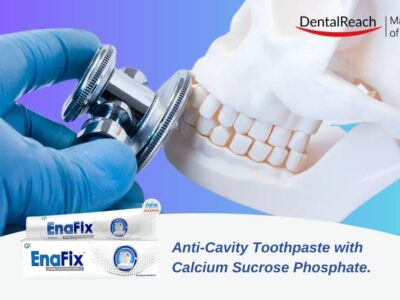
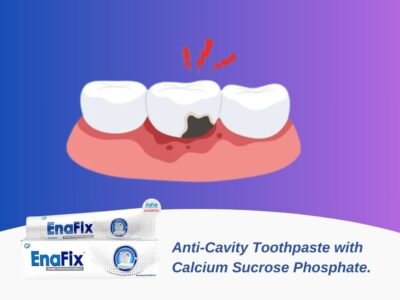
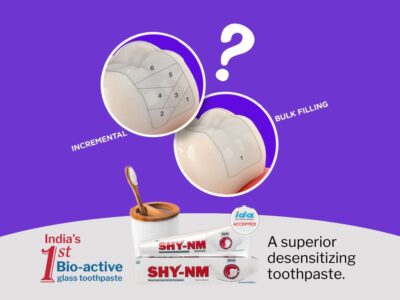
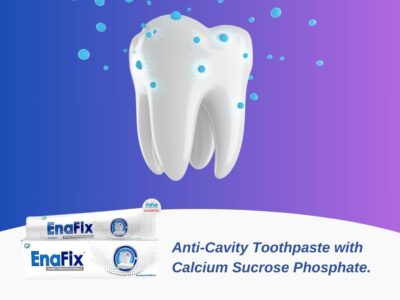









Comments